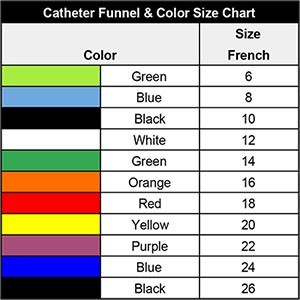The medication aide at a long-term care facility is sick and requests to go home before all medications are administered. Which action should the practical nurse (PN) in charge of the unit take?
Ask each unlicensed assistive personnel (UAP) to give medications to their assigned residents.
Document why all the medications were not given to each of the residents.
Assign the remainder of medication administration to another PN who is performing treatments.
Deny the medication aide's request to leave before all medications are given.
The Correct Answer is C
The correct answer is choice C. Assign the remainder of medication administration to another PN who is performing treatments.
Choice A rationale:
Asking unlicensed assistive personnel (UAP) to give medications to their assigned residents is not the best action to take in this situation. Medication administration requires a certain level of training and knowledge to ensure safe and accurate delivery. UAPs may not have the appropriate training and legal authorization to administer medications, which could lead to potential errors and harm to the residents.
Choice B rationale:
Documenting why all the medications were not given to each resident is not sufficient to address the issue at hand. While documentation is essential for record-keeping and communication, it does not resolve the problem of medication administration being left incomplete. The priority should be finding a qualified person to administer the remaining medications.
Choice C rationale:
This is the correct answer because assigning the remainder of medication administration to another PN who is performing treatments ensures that qualified and trained personnel are handling the medication administration. This PN is likely familiar with medication protocols and safety measures, reducing the risk of errors.
Choice D rationale:
Denying the medication aide's request to leave before all medications are given might not be practical if the aide is genuinely unwell or unable to continue working safely. The focus should be on ensuring that medication administration is completed by qualified staff rather than forcing the sick aide to stay.
Nursing Test Bank
Naxlex Comprehensive Predictor Exams
Related Questions
Correct Answer is ["0.75"]
Explanation
To calculate the amount of mL to administer, the PN should use the following formula:
mL = (mcg x 1 mg/1000 mcg) / (mg/mL)
Plugging in the given values, we get:
mL = (150 x 1/1000) / (0.2)
mL = 0.15 / 0.2
mL = 0.75
Therefore, the PN should administer 0.75 mL of octreotide subcutaneously.

Correct Answer is C
Explanation
This is the first action that the PN should take because the catheter size and balloon volume are inappropriate for the client. A #18 urinary catheter is too large for a female client who weighs 50 kg, and a 30 mL balloon may cause bladder trauma or discomfort. The PN should consult with the charge nurse and obtain a smaller catheter (such as #14 or #16) with a 10 mL balloon.

A. Obtaining a 30 mL syringe and a vial of sterile water is not the first action because it does not address the issue of the catheter size and balloon volume.
B. Asking the client if she has previously been catheterized is not the first action because it does not address the issue of the catheter size and balloon volume.
D. Positioning the client and observing the urinary meatus is not the first action because it does not address the issue of the catheter size and balloon volume.
Whether you are a student looking to ace your exams or a practicing nurse seeking to enhance your expertise , our nursing education contents will empower you with the confidence and competence to make a difference in the lives of patients and become a respected leader in the healthcare field.
Visit Naxlex, invest in your future and unlock endless possibilities with our unparalleled nursing education contents today
Report Wrong Answer on the Current Question
Do you disagree with the answer? If yes, what is your expected answer? Explain.
Kindly be descriptive with the issue you are facing.
